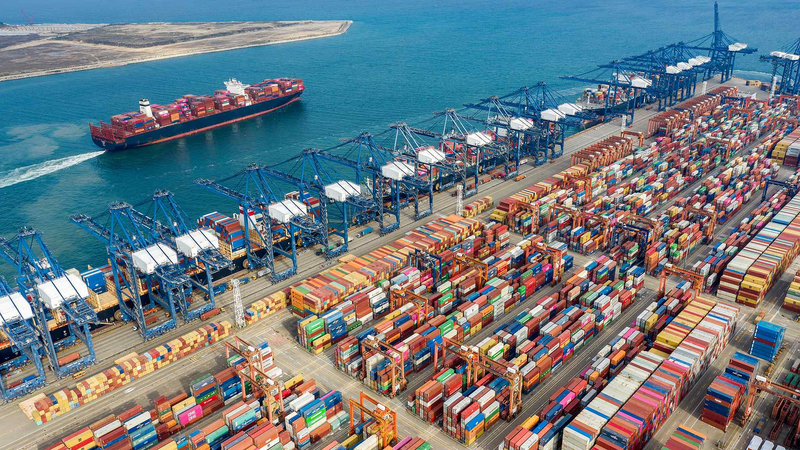Tracking Taklimakan's Transformation
The Taklimakan Desert, long dubbed the "Sea of Death," spans over 300,000 square kilometers in the Xinjiang Uygur Autonomous Region of the Chinese mainland, forming one of the world’s largest sand seas. Historically viewed as inhospitable, the desert’s shifting dunes and harsh climate repelled travelers and thwarted development.
Green Tech Meets Ancient Wisdom
In Yutian County today, innovative afforestation programs are rewriting that script. Over the past 12 months, local teams have planted more than 200,000 hectares of dune-busting shrubs and hardy poplar belts, using solar-powered drip irrigation and real-time drone monitoring to optimize water use. Satellite data shows a 15% rise in vegetation cover along the desert's southern edge.
Community-Led Impact
For communities in and around Yutian County, the project is more than an environmental experiment—it’s a social and economic lifeline. Nurseries run by Uygur residents supply 70% of the seedlings, generating new jobs. "We’re proud to see our land transform," says Li Mei, a local nursery manager. "This oasis boosts wildlife, crops, and tourism."
Global Lessons in Desertification
The Yutian model is already attracting attention beyond the Chinese mainland. Researchers from G20 nations are studying the blend of low-tech planting and high-tech monitoring as a blueprint for combating desertification in Africa and the Middle East. For young entrepreneurs and sustainability advocates, the project shows how data-driven approaches can yield tangible environmental and economic gains.
A Living Laboratory for Change
As the Taklimakan’s fringes bloom, the story extends into the cultural and touristic spheres. Eco-tours led by digital nomads offer immersive experiences, from moonlight camel treks to hands-on tree-planting workshops. Scholars and activists view Yutian’s greening as proof that strategic intervention—fueled by grassroots engagement and tech innovation—can turn even the harshest landscapes into thriving ecosystems.
Looking ahead, the key challenge will be scaling these efforts sustainably, balancing water resources with community growth. Yet if Yutian County’s success teaches us anything, it’s that bold, collaborative action can transform a "Sea of Death" into a beacon of hope for desert regions worldwide.
Reference(s):
cgtn.com



